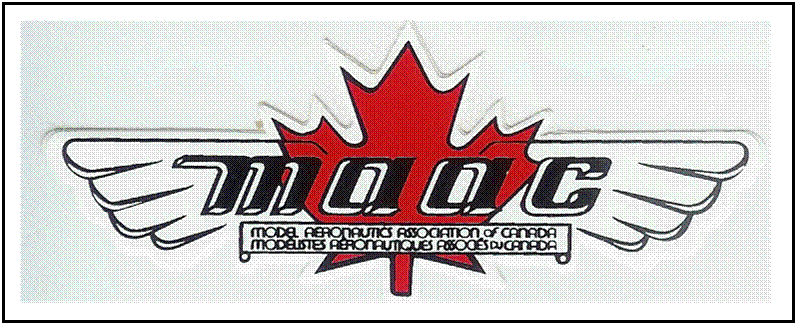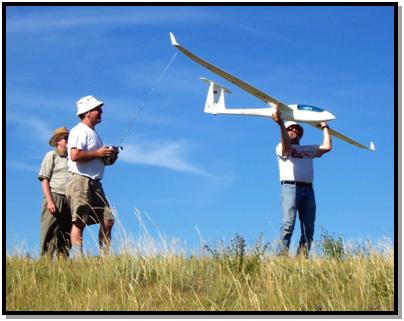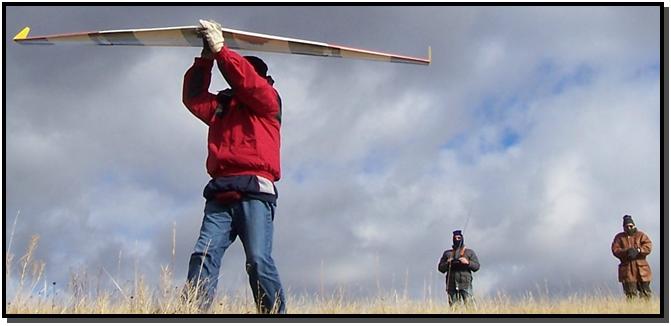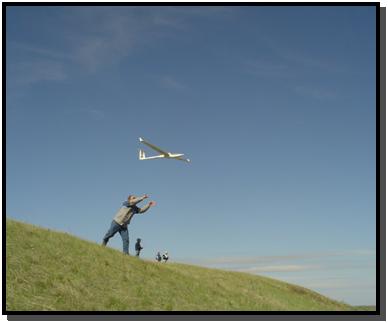

Slope Flying
Slope planes are generally smaller than thermal planes. Thermal planes are the choice for flying when the wind is weak, but when the wind picks up; slope planes provide exhilaration with their speed, aerobatics, and potential combat.



How Slope Flying works!
Prevailing winds strikes the slope, and as it cannot pass through, it is forced up and over the slope. It is in this region that lift is produced.
The amount of lift produced is dependant on certain factors such as wind speed and the shape of the slope. A wind of 30 km/h is sufficient to create a strong up draft, allowing slope flyers to attain height quickly. The plane diving towards the ground converts this continuous lift and height into speed.
A slope where the wind strikes perpendicular to the slope is ideal. A slope with a concave bowl can make it even better. The bowl will compress the wind, as it is funnelled up the slope, producing even stronger lift.
The lift can extend away from the slop for several hundred meters and way up above the top of the slope. This makes for a very large flying area. Good prevailing winds may provide hours of lift for slope soaring.
As the wind recedes, the lift will start to drop off, and then it is time to head back for a landing on top of the slope.